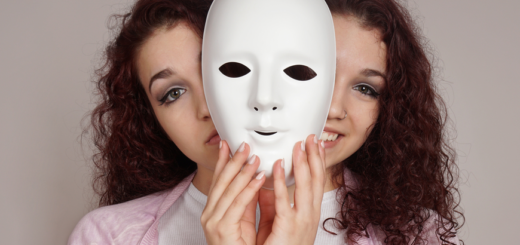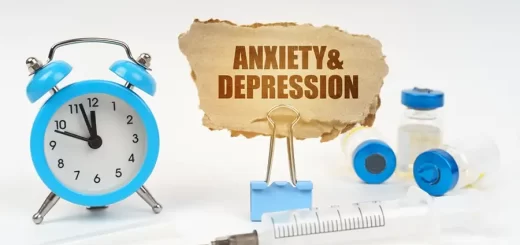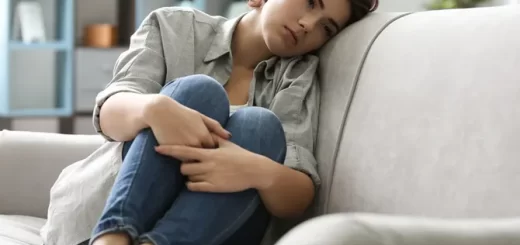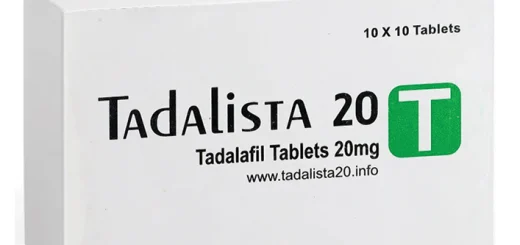Reverse Seasonal Affective Disorder
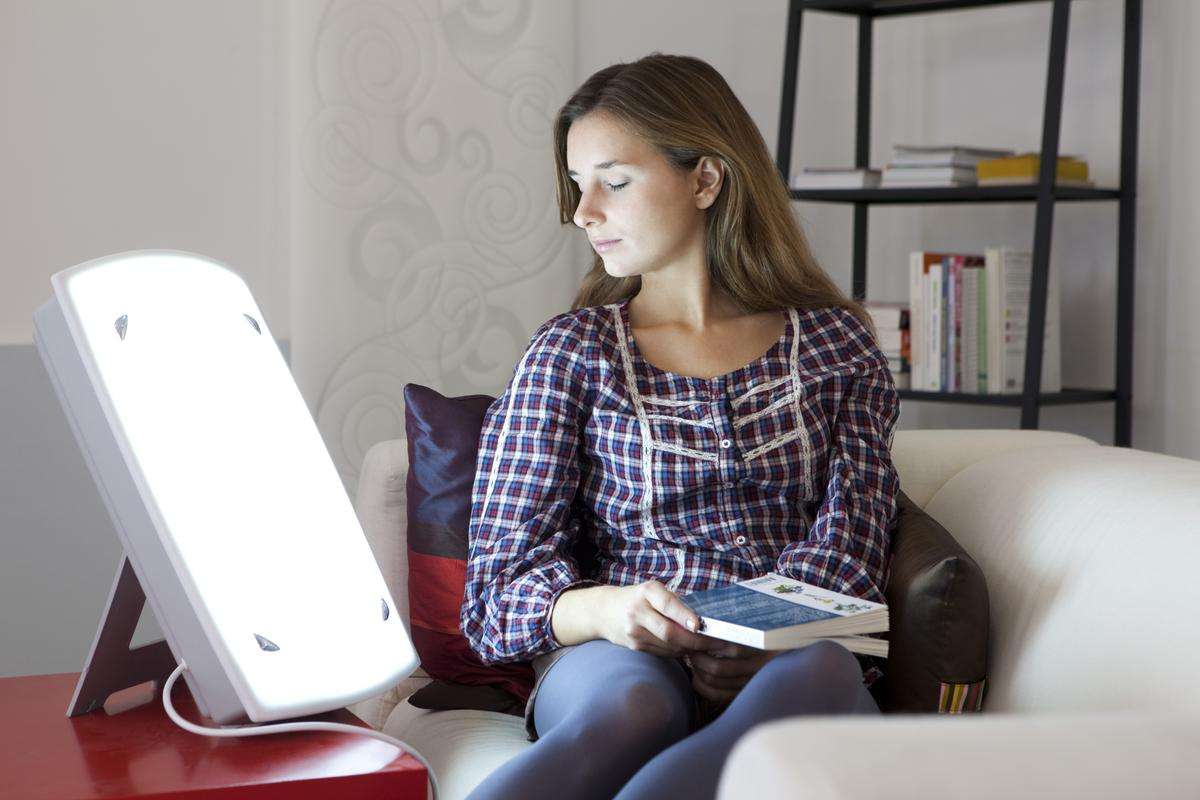
People usually get depression during the winter, but some feel depressed during the summer. This article will discuss Reverse Seasonal Affective Disorder and how we can treat it. Treatment is available for reverse SAD, which can help resolve the problem. The advice of your physician must be followed.
What is Reverse Seasonal Affective Disorder?
Depression that occurs in the summer instead of winter and rarely happens is called reverse seasonal affective disorder. Most people go into depression during the winter typically, but here, people find themselves depressed during the summer. Reverse seasonal affective disorder happens due to more sunlight, leading to changes in melatonin production. Another theory behind reverse SAD may be that people stay up later in the summer, causing problems with the body’s internal clock.
The hormone melatonin helps to prevent damage to the brain by free radicals by acting as an antioxidant. The precursor of the melatonin hormone is serotonin which is a major player in changing mood. Seasonal affective disorder increases the risk of depression and other mood disorders when melatonin production reduces—people who suffer from reverse SAD feel manic. According to researchers, reverse SAD can be genetic. People who have reverse SAD may think that it is just depression.
Symptoms of reverse seasonal affective disorder:
- Persistent feelings of sadness
- Low energy
- Lose interest in activities that are previously enjoyed
- Poor concentration
- Hopeless
- Agitation
- Anxiety
- Insomnia
- Loss of hunger
How seasonal affective disorder test occurred?
A seasonal affective disorder test is nothing, but the doctor diagnoses the patient and finds the best treatment for you. The doctor finds it difficult to diagnose SAD because of other depression or your mental health condition. Other mental health conditions can show the same symptoms as that of SAD. Included in the diagnosis are:
- Physical Exam:
The doctor will inquire about your well-being. Depression may be due to a physical problem.
- Lab tests:
Your doctor will take your CBC or test your thyroid.
- Psychological evaluation:
Your doctor will ask you questions about your emotions, thoughts, and actions in order to identify signs of depression. There may be a list of questions that you have to fill out.
After diagnosis, your doctor will choose the best treatment for you. There are three primary categories of therapeutic intervention. People with bipolar disorder should tell their doctor that light therapy or medicines like antidepressants can trigger a manic episode.
- Light therapy:
The other name for light therapy is phototherapy. In this treatment, you sit a few feet from a lightbox. When you wake up daily, you will be exposed to bright light for the first hour. After undergoing light treatment, you will feel better because the artificial light will mimic natural light. Treatment should begin with light therapy. There are seldom any negative effects. This therapy is effective for most people as it reduces the symptoms. Whenever you want to buy a light box, ask your doctor first to check that it is effective and safe for you. Ask your doctor how to use it and when to use it.
Medicine
Antidepressants are medicines that will help people who have severe symptoms of SAD. Antidepressants like bupropion may help your depression. Your doctor will start the treatment before you show symptoms each year. Your doctor will consult with you about buying Modafil MD 200 mg pills to get the results in a few weeks from an antidepressant. It would help if you tried various medicines that work best for you and have fewer side effects.
- Psychotherapy:
Psychotherapy can also be referred to as “talk therapy.” Cognitive behavioral therapy is a psychotherapy that may help you:
-Learn to manage stress.
-Increase physical activity and improve your sleep patterns.
-Change negative thoughts and behaviors.
-Don’t avoid and do some meaningful activities.
Seasonal Affective Disorder Awareness Month:
December is the most beautiful month of the year for most people. However, it is depressing for many others as well. For this reason, we recognize the month of December as Seasonal Affective Disorder Awareness Month. Seasonal affective disorder awareness month is an unclear reminder to educate people about SAD and reduce its symptoms. SAD is frequent in regions having solid winters. People of all ages might have symptoms of seasonal affective disorder (SAD). Reverse Seasonal Affective Disorder is more common in the elderly population. Symptoms of depression in the elderly are often misinterpreted. You should be aware of the signs of depression because older persons with mental health issues are often ignored.
Managing your seasonal affective disorder symptoms is the finest thing you can do for your health. You deserve to feel joy every day of the year. Your doctor can help you and your older ones reduce SAD symptoms. Below are some of the treatment ideas that can help:

Engage in routine, healthy social interactions:
If you want to enhance your mental health, seeing your loved ones is a good place to start. To change your mood from depression to energy, you should meet your loved ones.
Conclusion:
From the above article, we conclude that reverse Seasonal Affective Disorder is a problem where you feel depressed in summer. Your doctor can help you choose the most effective treatment for seasonal affective disorder. We get to know that December is the seasonal affective disorder awareness month. Meeting your friends and family will improve your mood.
[WPSM_AC id=4663]


